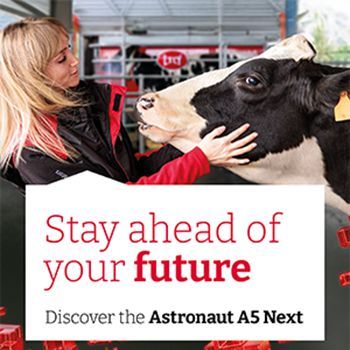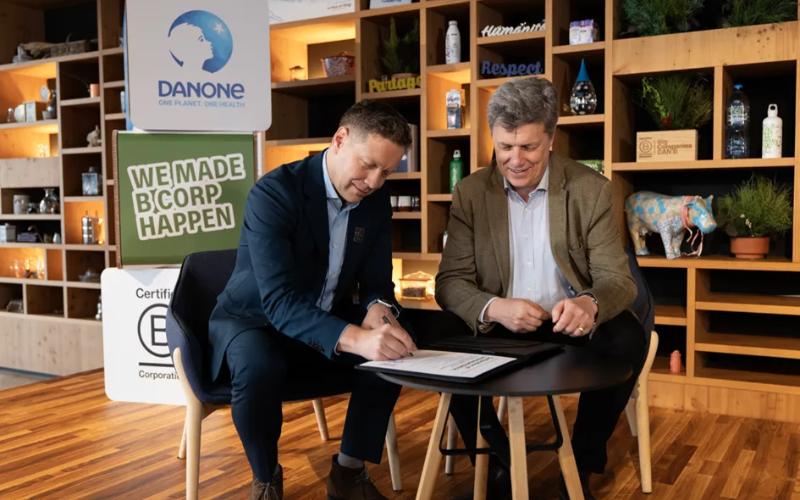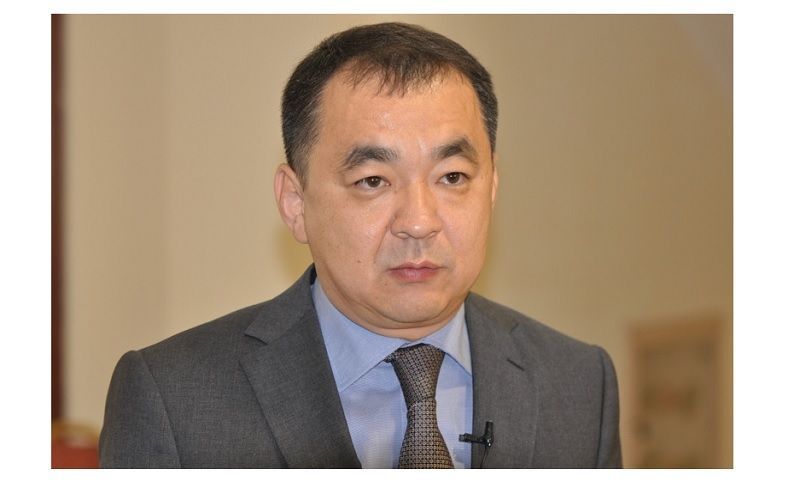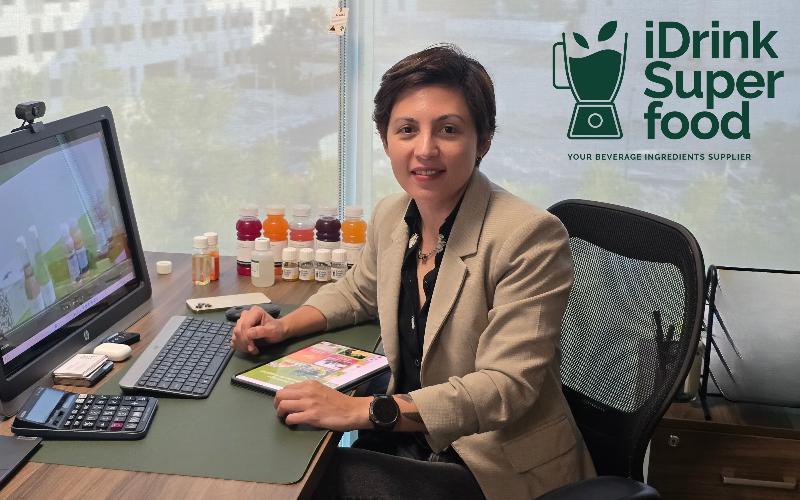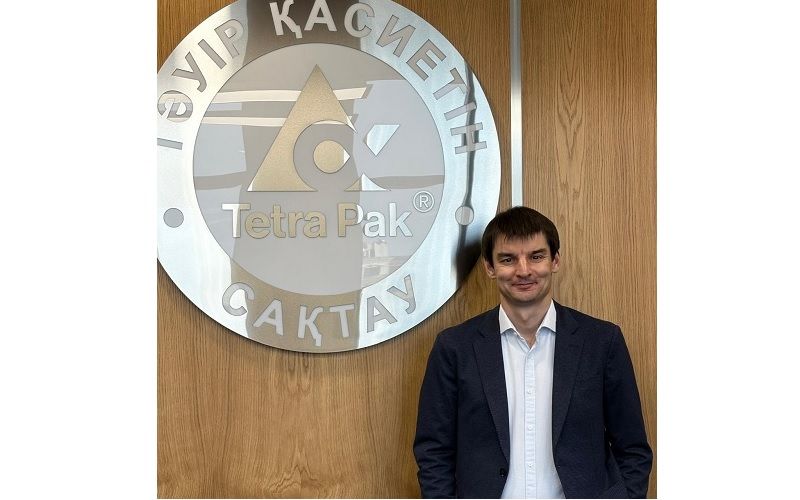Farm Automation in Kazakhstan: Lely’s Experience and the Region’s Potential
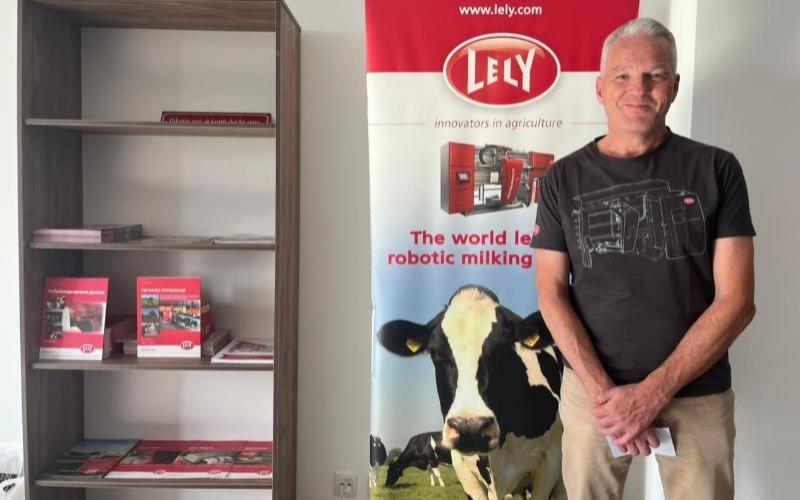
Jeroen, this year you moved fr om Astana to Almaty. What prompted the move? Has it affected your work in the region?
— Yes, the move was intentional. Most new greenfield projects are now happening in southern Kazakhstan. That’s wh ere the main investors interested in automation are based. The north still has mostly traditional farms, but the south is already modernizing. There’s also a milk shortage specifically in the south and west. The north produces more, but logistics are difficult. Kazakhstan is a vast country—you can’t just transport milk from north to south easily. So it makes sense that investors are focusing here. I felt we needed to be here too.
When did lely.com/">Lely officially open its office in Kazakhstan?
— We officially opened in Astana last August, so it's been about 10 months now.
Have you seen any changes in the market since then?
— I’d call it more of an evolution than a change. Government support plays a key role. There’s growing awareness that local milk production is insufficient, and there’s a need for fresh, high-quality milk. Investments in the sector began a few years ago, and the process is ongoing. More and more businesses are getting involved and starting to invest. I believe that in 8–10 years, aiming for dairy exports will be a natural goal.
Has the move changed your personal perspective?
— Absolutely. I understand Kazakhstan better now—its people and its market. I lived in Russia for 20 years, so I came with a different mindset. That’s shifting. I’m starting to think more like the local business culture—not necessarily in terms of language, but mentality. I understand what matters to clients, how they make decisions. It makes a difference. People also see that I’m here willingly, that I’m open to adapting.
What are the main barriers to dairy automation in the region, in your opinion?
— The biggest one is the lack of real-world examples. We need several successful farms built with our technology so people can see it works. Another factor is the labor shortage on farms. Robotics is a solution. Yes, it seems expensive at first. But if you compare costs and revenue over 3–4 years, the benefits are clear.
Are there any success stories in Kazakhstan that you’re particularly proud of?
— Yes, there are. But I can’t share details yet—it’s confidential.
Which Lely products are most in demand in Kazakhstan and Central Asia?
— Our milking robots, the Astronaut series, especially the new Next generation. Farmers are also very interested in the Vector feed system and the Collector manure robot. Local farmers travel a lot—they’ve seen these technologies in Europe and Russia and are now looking to bring them here.
Are there any products that are particularly well-suited to this region?
— Honestly, everything fits. People used to think robotics weren’t for them—that it was too complex or impractical. But once you provide training, service, and logistics, everything works. It’s like an iPhone—it works the same everywhere. The key is building the right infrastructure.
Does Lely offer training programs for farmers?
— Absolutely. When we sign a contract, we train both the farmer and their team—how to operate the robot, maintain it, and work with the cows. Simple tasks, like changing filters or rubber parts, are done by the farmer. But the most important part is teaching them how to adapt the cows to the robot. That’s also part of the training we provide. We support the client throughout the entire lifespan of the equipment—15 to 20 years.
How is service and technical support developing in Kazakhstan?
— We’re just getting started. There’s a lot to learn. But it was the same in Russia when we began. It takes attention, training, and frequent visits. That’s a normal process.
How ready are farmers in Kazakhstan and neighboring countries for automation?
— Slowly but surely. Many are already saying, “I’m interested,” or “I’d like to try,” but they still have doubts—it's expensive, or it might not work. We need to demonstrate that it does work, show calculations, share business plans. We all live in an era of automation—at home and at work. There's no point denying it.
What would you say to farmers who are just starting to think about robotics?
— First and foremost: make a solid business plan. Calculate your costs, explore subsidies or credit options. Ask yourself honestly: why do I need this? Maybe you're short on labor, or facing other challenges. Understand your "why." Once you’ve made that decision, build a plan, build the farm, calculate timelines and ROI. It's like buying a tractor—you need to know why, how much, and when it will pay off. If everything is transparent, it's just a normal investment.
Jeroen, will you be attending the AqAltyn conference this year?
— Absolutely, I’ll be there. I think we’ll give a presentation, and I’d like to invite one or two of our partners as well. It should be interesting! We’re preparing a talk that will be relevant for everyone—especially those who are still unfamiliar with Lely and farm robotics.
Thank you. We’re looking forward to it!
— Thank you. It’s a very warm and meaningful event for the industry.
The 3rd Central Asian Dairy Congress, AqAltyn, will focus on sustainable development in the region's dairy industry. The event will take place on November 24–25, 2025, in Shymkent, Kazakhstan.
General partner – Borte Engineering

